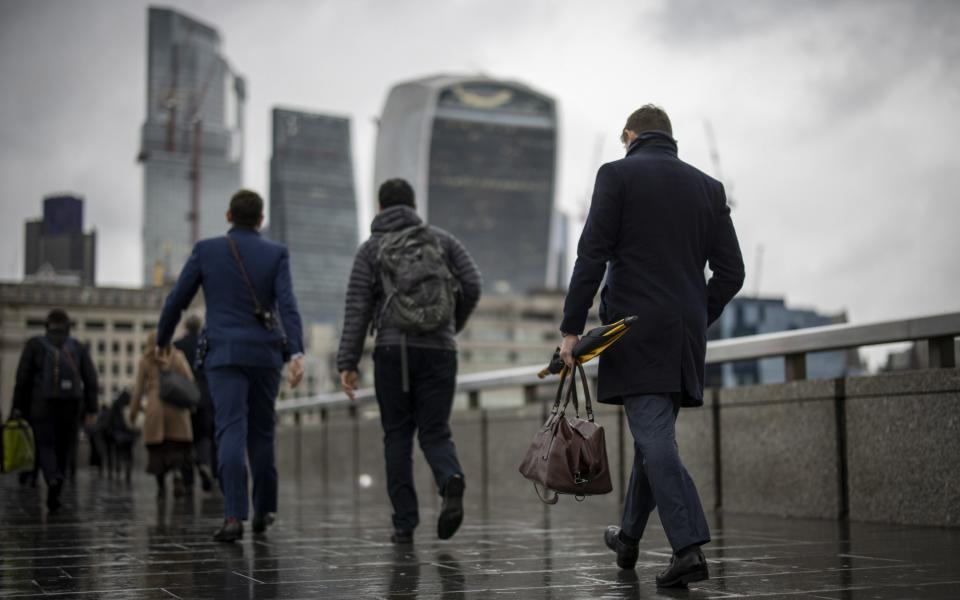Mental health crisis among young people leaves 185,000 unable to work

The number of young people unable to work because of ill health has doubled in a decade to almost 200,000, amid an escalating mental health crisis among teenagers.
A new report by the Resolution Foundation found that the number of young adults who are inactive because of health issues has risen from 94,000 in 2012 to 185,000 in 2022.
A quarter of 18-to-24 year olds who were out of work last year blamed ill health, up from just 8pc a decade earlier.
Mental health issues were by far the most common ailment, with almost two thirds citing this as the reason for being unable to work.
The findings are likely to fuel fears that Covid-19 lockdowns have stoked a mental health crisis among the young.
Mental illness among teenagers and young people was on the rise before the pandemic but cases have accelerated during and since.
More than a quarter 17-to-19 year olds had a probable mental health disorder by the end of 2022, according to NHS figures, compared to just a tenth in 2017.
Among teenage girls, one in three suffer from some type of mental health issue, NHS data shows.
Mental illness covers a wide range of issues, from eating disorders such as anorexia and bulimia to anxiety and depression or even schizophrenia.
Louise Murphy, an economist who authored the Resolution Foundation research, said the prevalence of mental health problems among young people continued to rise despite the end of lockdown restrictions.
She said: “It is quite concerning for the future. This rise in mental health problems among young people does really now seem to be a continuous trend that is showing no signs of [abating].”
Debilitating mental health issues were most prevalent among those with low education levels, the Resolution Foundation found. Four in five out of work because of mental illness only have GSCE-level qualifications or below.
Problems were also particularly severe in small towns and villages, according to the research.
Ms Murphy said: “We know there are young people who are graduates who struggle with their health, but that doesn’t mean that they’re out of work due to those health problems.
“It’s the combination of poor health and poor education that seems to come together to leave some of these young people in smaller places really disadvantaged in the labour market.”
The Resolution Foundation urged policymakers to tackle this “double disadvantage” by boosting educational support and mental health access.
Patients currently face a postcode lottery for NHS mental health treatment, the think tank said, with average waiting times ranging from 13 days in Leicester to 80 in Sunderland.
Four in five young people who are inactive for health reasons have been unemployed for at least two years.
Ms Murphy said: “If each young person is out of work for a lot longer and each year you have more people falling into this category, it means the total number will rise.”
Despite the uptick in the number of long-term sick, the overall youth unemployment rate has stayed remarkably low despite the pandemic. The figure currently stands at 10.5pc, which is around half the rate during the financial crisis.

 Yahoo Finance
Yahoo Finance 